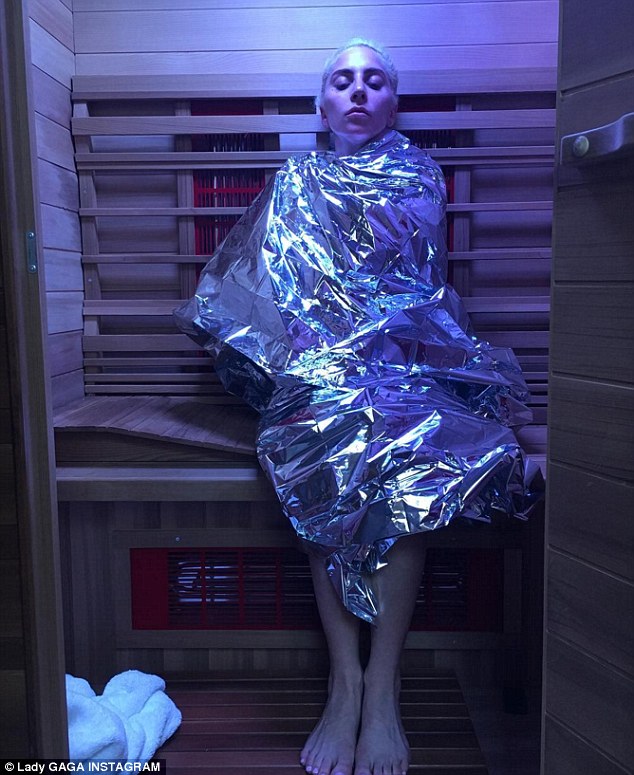Can Running Help Prevent Osteoarthritis?
/By Pat Anson, Editor
People suffering from aching muscles and joint pain are often told that exercise is the best remedy. It sounds counter-intuitive, but now there’s evidence that running can actually reduce joint inflammation – at least in the knees.
"It flies in the face of intuition," says Matt Seeley, an associate professor of exercise science at Brigham Young University. "This idea that long-distance running is bad for your knees might be a myth."
Seeley and his colleagues conducted a small study of six healthy men and women who ran on treadmills for 30 minutes. Blood samples and synovial fluid from their knee joints were collected both before and after they ran.
The researchers found that two inflammatory markers in the synovial fluid -- cytokines named GM-CSF and IL-15 -- decreased in concentration in the runners after a treadmill session. Cytokines are small proteins released by cells that play an important role in pain and inflammation.
"What we now know is that for young, healthy individuals, exercise creates an anti-inflammatory environment that may be beneficial in terms of long-term joint health," said Robert Hyldahl, a BYU assistant professor of exercise science.
image courtesy of Nate Edwards/BYU
The findings, published in the European Journal of Applied Physiology, indicate that running may be chondroprotective, which means exercise may help delay the onset of joint diseases such as osteoarthritis (OA), a disorder that leads to thinning of cartilage and progressive joint damage. Nearly 40 percent of Americans over the age of 45 have some degree of knee OA.
“This is the first study to evaluate a wide panel of inflammatory mediators in the knee joints of healthy subjects following running. Our results suggest that running decreases intra-articular inflammation and brings to light a novel potential mechanism for the chondroprotective nature of exercise in non-pathologic knees,” the BYU researchers said.
The researchers now plan to study subjects with previous knee injuries, by conducting similar tests on people who have suffered ACL injuries.
"This study does not indicate that distance runners are any more likely to get osteoarthritis than any other person," Seeley said. "Instead, this study suggests exercise can be a type of medicine."




























